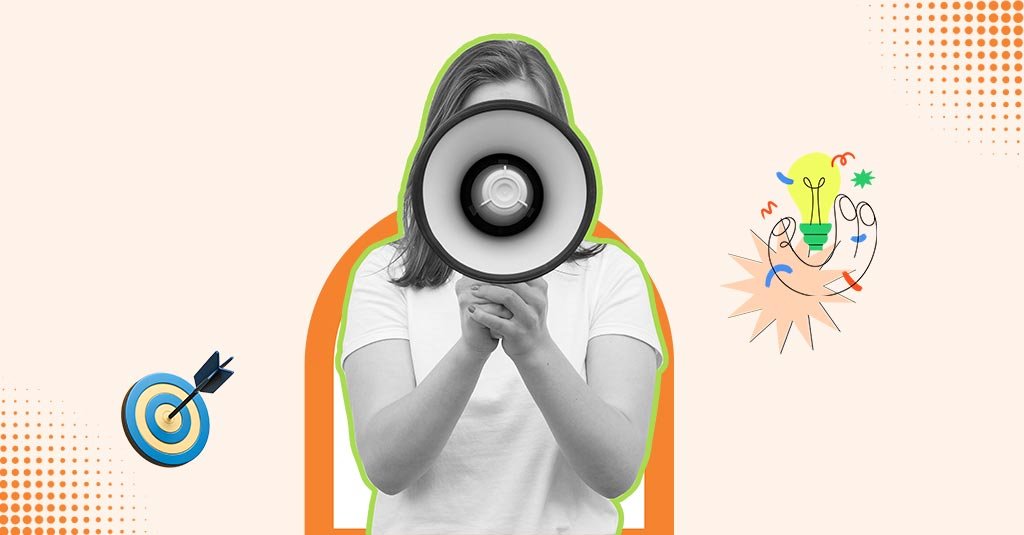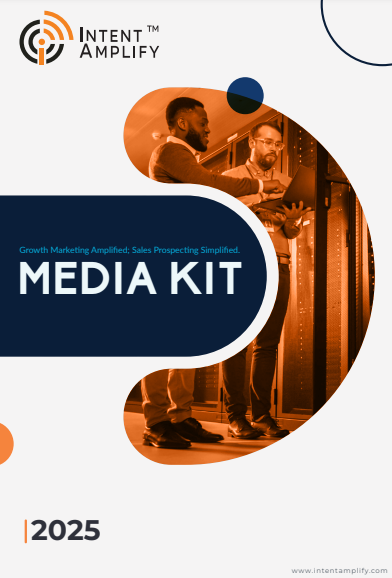
Cross-Selling and Upselling: Here’s What You Are Missing
- Last updated on: November 24, 2023
Cross-selling and upselling are essentially two ways to achieve one thing – more sales. While both are similar, they are not synonymous. Cross-selling is all about “if you like this, you may also want this and this to augment your experience”; Upselling is about “If you like this, go for a better version than this”.
In an ideal world, cross-selling and upselling are of mutual benefit to the customers and the sellers.
We have all, at some point, been at the receiving end of a cross-selling and upselling offer. An archetypal example would be that of McDonalds. If you ever visit them and ask the cashier for a burger, they’ll most probably pitch you a better combo deal such as a small french fries and a Coke float in return for a few extra bucks. This way, the seller is in fact maximizing the value the buyer gets from their purchase and improving customer experience.
In the world of B2B though, it involves a little more critical thinking than the above simplistic example—which is where most businesses fail. Many businesses hasten in their pitchings, neglecting their buyer’s intent, choosing the wrong method, and annoying customers instead of enhancing their experience. In this article, you’ll discover the common pitfalls in cross-selling and upselling, so you can apply the best practices to delight customers, deliver more value, and drive more revenue.
What is Cross-Selling?
As already discussed, Cross-selling occurs when you recommend additional products or services over what you have already pitched or sold to the customer. The additional item is not merely an addition but rather a complementary to what you have already sold them.
Example of Cross-Selling in B2B
In terms of B2B, Mailchimp could cross-sell blocks of email marketing credits to a customer signing up for a Website package. The credits act as a complementary item that adds value to the buyer by helping them stay in touch with their captured leads.
Timing and Strategy for Cross-Selling
This cross-sell could take place at signup, or an account manager could reach out at a later point (having identified a cross-sell buying signal).
What can go Wrong in Cross-Selling?
It helps to reiterate the point that the best cross-selling is not about selling enhancements but rather requirements. A relatable example here would be that of the iPhone which sells the ear pods as a separate product — it is not a requirement but an enhancement. They are not pushing an iPad or a Macbook. On the flip side though, they even sell chargers as an additional product (even though it’s a necessity) which is definitely not the ideal cross-selling strategy we are looking at. Let’s have a look at what can fail your cross-selling attempts.
Not knowing what motivated your customer to purchase
To cross-sell effectively, you should be fully aware of the customer’s motivations to purchase your product. Consider an email marketing tool, If the primary motivation is to generate more leads, the customer will look out for features like A/B Testing and Mobile optimization.
Pitching higher-priced or insignificantly less-priced products
Cross-selling works best when the add-on product is priced significantly lower than the main product. This is due to the psychological effect of price anchoring where we perceive a value in relative terms rather than absolute terms. Having already purchased a tool worth $1000, buying a $20 add-on tool would seem negligible. An ideal value would be 20% to 30% of the original price.
Not Customizing Cross Selling Offers Based on Customer Usage and Needs
Customizing cross-sell offers based on customer usage and needs is a strategic approach that tailors additional product offerings to the specific context of each customer. This personalized approach ensures that cross-selling efforts are not only relevant but also more likely to resonate with the customer, increasing the chances of success. A SaaS company that provides a project management tool cannot cross-sell the same category of products to every customer, they need to evaluate the stage at which the customer is present at the time of sale.
Not Reading the Subtle Signs to Cross Sell
Cross-selling is the technique of being on the lookout for chances where you can push the product. These opportunities could strike in the form of review meetings where the primary agenda is far from selling. The trick is to find the right window and go for the jump.
Now, off to Upselling
Upselling, as mentioned earlier, is the practice of convincing customers to purchase an upgrade, often valued higher than the intended purchase — like a Netflix subscription upgrade from an HD plan to a 4K or a car with more features than the one the customer is looking at. The power of upselling is such that many SaaS companies bake upsell opportunities into their pricing model
What can go Wrong in Upselling
Being too Generic
One of the biggest problems with most upselling attempts is that sales reps lack the timing and personalization. Understanding how your product can match the client’s requirements and operational needs can take some time. Hence, most successful upsellings happen further on in the relationship, rather than at the point of initial sale. For example, an account manager may track the customer account and identify an important upsell opportunity signal in the form of an increase in lead generation but they are not able to effectively manage these opportunities. This means they need an advanced plan that has these features.
Not Leveraging the Power of Social Proof
Social proof plays a meaty role in the upsell story provided they are relevant to the specific customer you’re selling to. Use social proof to bolster your upsell pitches, but only if those customer stories are deeply relevant to your customer’s industry, needs, and use cases.
Not extending special offers
Utilizing free trials is a common strategy for acquiring new customers, and it can also serve as an effective method for boosting upsells. Begin your pitch by addressing the specific needs of the customer, and then substantiate your claims by providing an extended trial of the advanced plan you’re advocating. This approach capitalizes on the endowment effect, a shared cognitive bias that fosters a sense of ownership. By assisting users in integrating and utilizing the enhanced features of the premium plan, you increase the likelihood of converting them to the upgraded tier.
What you need to know before deciding to cross-sell or upsell
- Timing is Crucial: Incorrect timing of cross-selling and upselling can decrease conversion chances and risk appearing pushy.
- Personalization is Key: Utilize customer data, especially from product usage, to tailor offers effectively.
Conclusion
Leveraging upselling and cross-selling as strategic sales tactics can significantly contribute to sustained revenue growth, especially in subscription-based enterprises. The key to effective cross-selling lies in ensuring relevance, customization, and skillfully using price anchoring to portray the added cost as minimal. In the realm of B2B SaaS, adept timing and comprehensive information play pivotal roles in successful upselling, prompting many sales representatives to find greater success with upsells as the customer relationship deepens.




